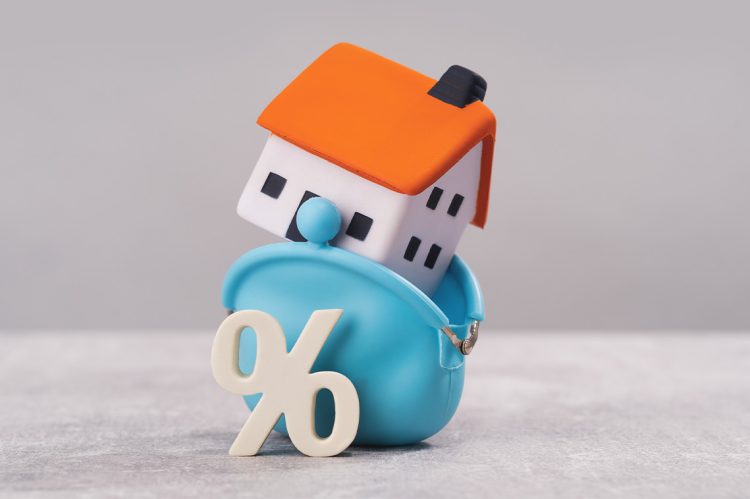The 30-year fixed-rate mortgage (FRM) averaged 6.39% this week, inching back up to its previous level from two weeks ago, according to the latest Primary Mortgage Market Survey® (PMMS®) from Freddie Mac released Thursday.
This week’s numbers:
- 30-year fixed-rate mortgage averaged 6.39% as of May 18, 2023, up from last week when it averaged 6.35%. A year ago at this time, the 30-year FRM averaged 5.25%.
- 15-year fixed-rate mortgage averaged 5.75%, unchanged from last week. A year ago at this time, the 15-year FRM averaged 4.43%.
What the experts are saying:
“The 30-year fixed-rate mortgage averaged 6.39% this week, as economic crosscurrents have kept rates within a ten-basis point range over the last several weeks,” said Sam Khater, Freddie Mac’s chief economist. “After the substantial slowdown in growth last fall, home prices stabilized during the winter and began to modestly rise over the last few months. This indicates that while affordability remains a hurdle, homebuyers are getting used to current rates and continue to pursue homeownership.”
Realtor.com Economic Data Analyst, Hannah Jones, commented:
“The Freddie Mac fixed rate for a 30-year mortgage edged up 0.04 percentage points to 6.39% this week, tracking higher along with 10-year treasury yields. Mortgage rates have remained in the roughly 6% to 7% range for the last 8 months and will likely remain in this range until incoming economic data makes the economy’s path forward more clear. Buyer demand has been sensitive to the ebb and flow of mortgage rates, but near-peak home prices and elevated inflation mean many would-be buyers are still waiting on the sidelines.
“Mortgage rates have bounced within a tight range since September 2022 as the Fed’s actions to slow the economy and stubborn inflation have made the future relatively cloudy. Recent data shows signs of a stubborn, though slowing economy, suggesting that the Fed’s contractionary actions are having the intended effect. However, inflation remains well above the target level and unemployment remains near all-time lows. The economy remains on fragile footing and a U.S. default would cause an interest rate spike that could erase any progress towards a healthier housing market by cutting deeper into home sales. Though a default remains unlikely, the closer we get to a possible event date without an increase in the debt limit, the more likely households will be affected by higher interest rates. The sooner the debt impasse is resolved, the less likely it is to negatively affect households already plagued by high prices.
“Home shoppers continue to face low home inventory, high prices and elevated mortgage rates, leaving many discouraged in their search. Many potential sellers feel ‘locked in’ by their current low mortgage rate and are hesitant to enter into a market that would require taking on a higher rate to buy a new home. Constrained buyers and reluctant sellers mean the spring market hasn’t picked up as much momentum as in years past, but each improvement in affordability is met with an increase in buyer activity. However, increased buyer activity has not been met with increased seller activity, and in many markets, buyers are competing for the few fresh listings available. Prices are likely to remain elevated in many markets where low inventory, especially at an affordable price point, is creating a competitive environment.”











